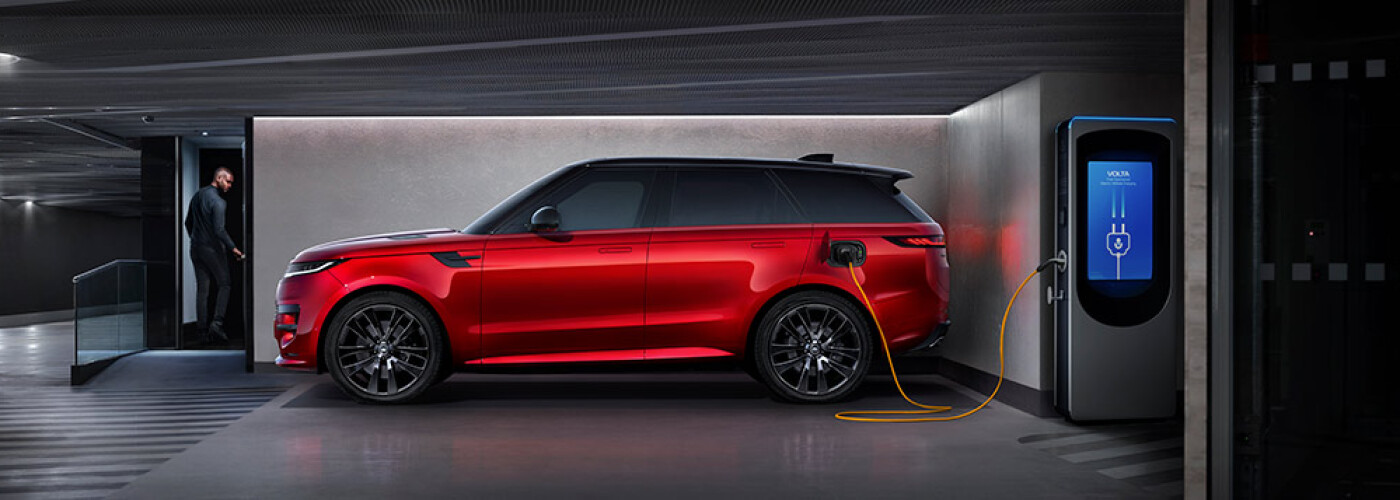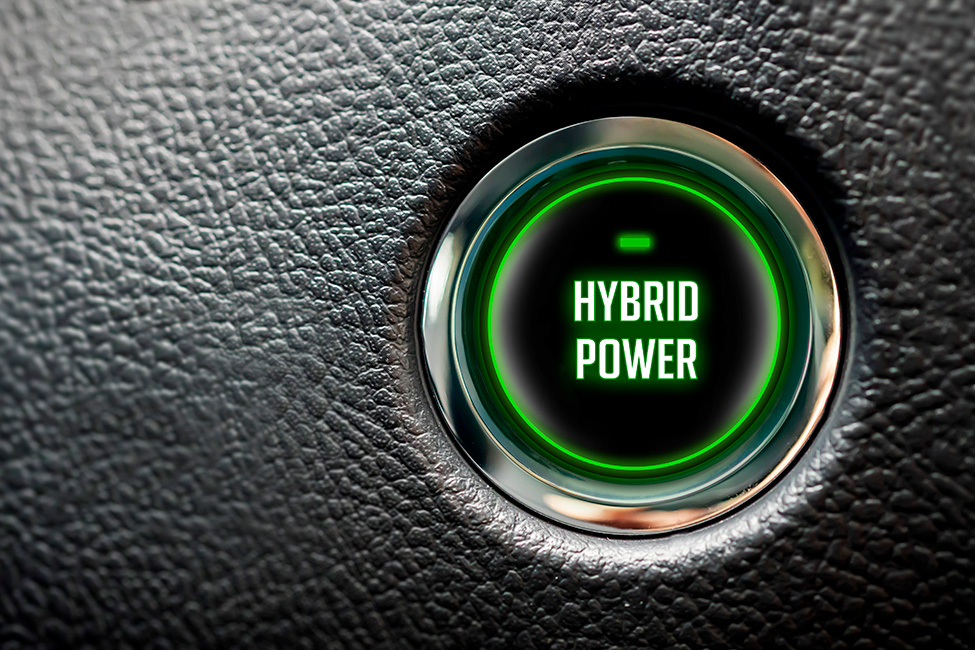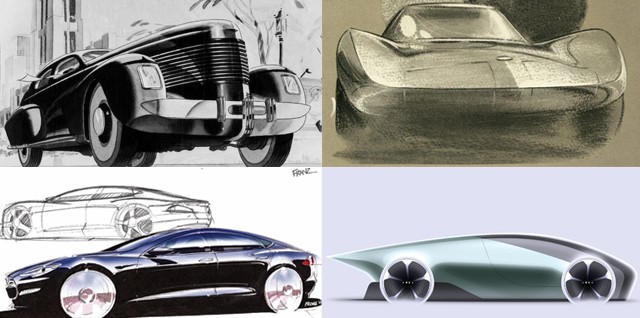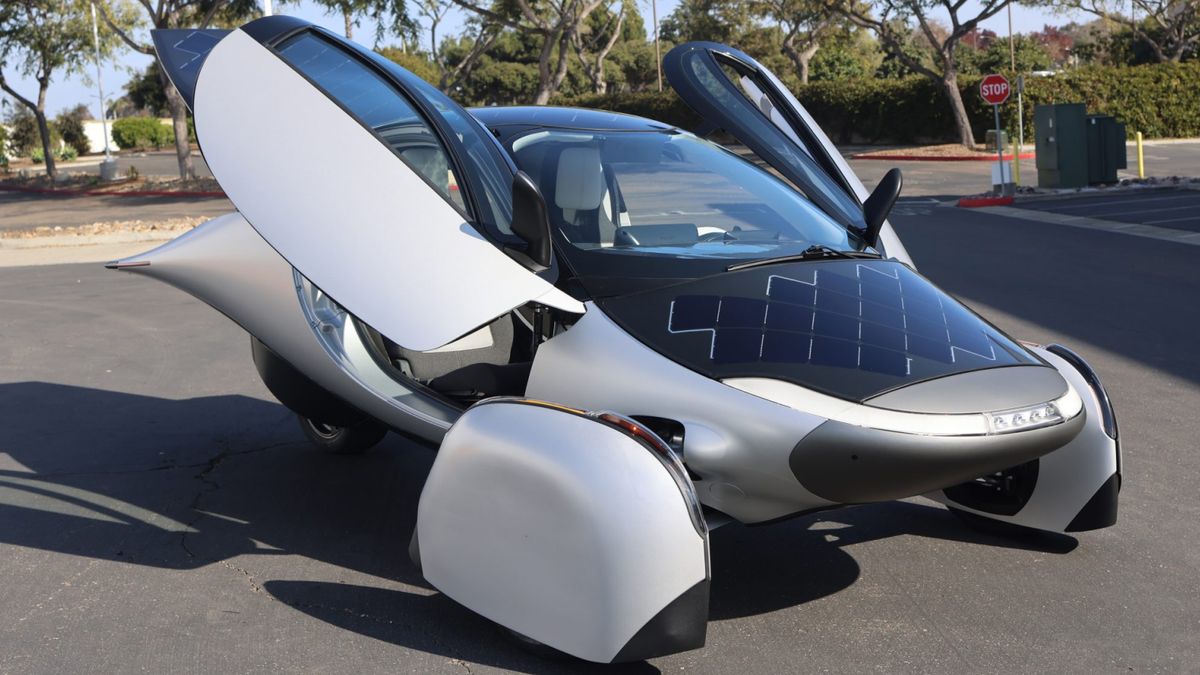Hybrid Cars: Benefits and Limits
Author: Jacob Tait

What Is Hybrid Technology?
Hybrid vehicles combine two power sources—usually an internal combustion engine and an electric motor. The goal is to balance performance with energy efficiency.
Starting With Lower Emissions
One of the most discussed features of hybrids is their lower emissions during operation. They often use electric power at lower speeds, reducing output when driving in town or through traffic.
Smooth Transitions While Driving
Hybrid systems automatically switch between power sources or use both together, depending on speed and driving conditions. This transition happens seamlessly in most models.
Energy Recovery Through Braking
One advantage of hybrid systems is regenerative braking, which captures energy during deceleration and stores it for later use. This process extends battery charge and improves efficiency.
Less Frequent Stops for Fuel
Because they rely partially on electric power, hybrid vehicles can go longer between fuel stops. This makes them convenient for both city and highway travel.
Battery Sizes and Charging Needs
Most standard hybrids do not require external charging. Their batteries are smaller and charge during regular driving, unlike fully electric vehicles.
Upfront Costs and Value
Hybrids tend to cost more upfront due to dual power systems. However, reduced fuel use and potential maintenance savings may offset the initial price over time.

City Driving and Hybrid Strength
Hybrids perform especially well in city environments. Low-speed travel allows them to rely more on electric power, making them ideal for stop-and-go traffic.
Highway Performance Considerations
On open roads, hybrids may rely more on the engine. This can reduce the electric benefit and make fuel savings less noticeable on long highway trips.
Longevity and Reliability Factors
Dual systems can mean more complexity, but hybrids are built to high standards. Battery performance has improved over time, making durability less of a concern.
Storage and Design Limitations
Due to the added battery systems, some hybrid models may offer less storage space. The layout must accommodate both engine and electric components.
Balanced Approach to Driving Needs
Hybrids offer a middle ground between traditional and electric vehicles. They're best suited for those who want improved efficiency without fully switching power sources.
Popular Articles

